October 2025
By: Bryan Reynolds | 31 October, 2025
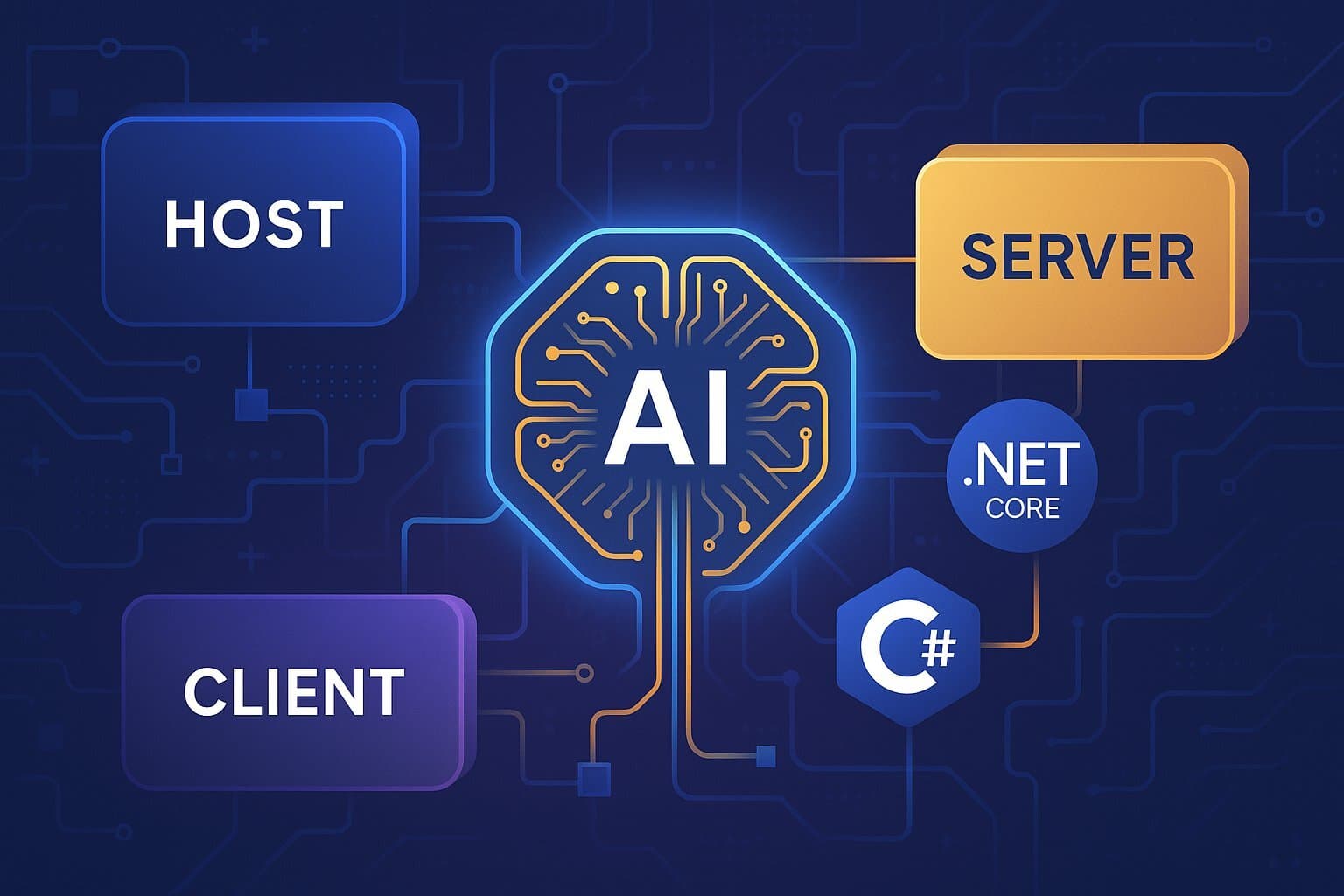
This article provides a comprehensive guide to the Model Context Protocol (MCP) for.NET Core developers, outlining its architecture, roles, and implementation strategies, along with best practices for security, tool design, and deployment.
Read MoreBy: Bryan Reynolds | 30 October, 2025
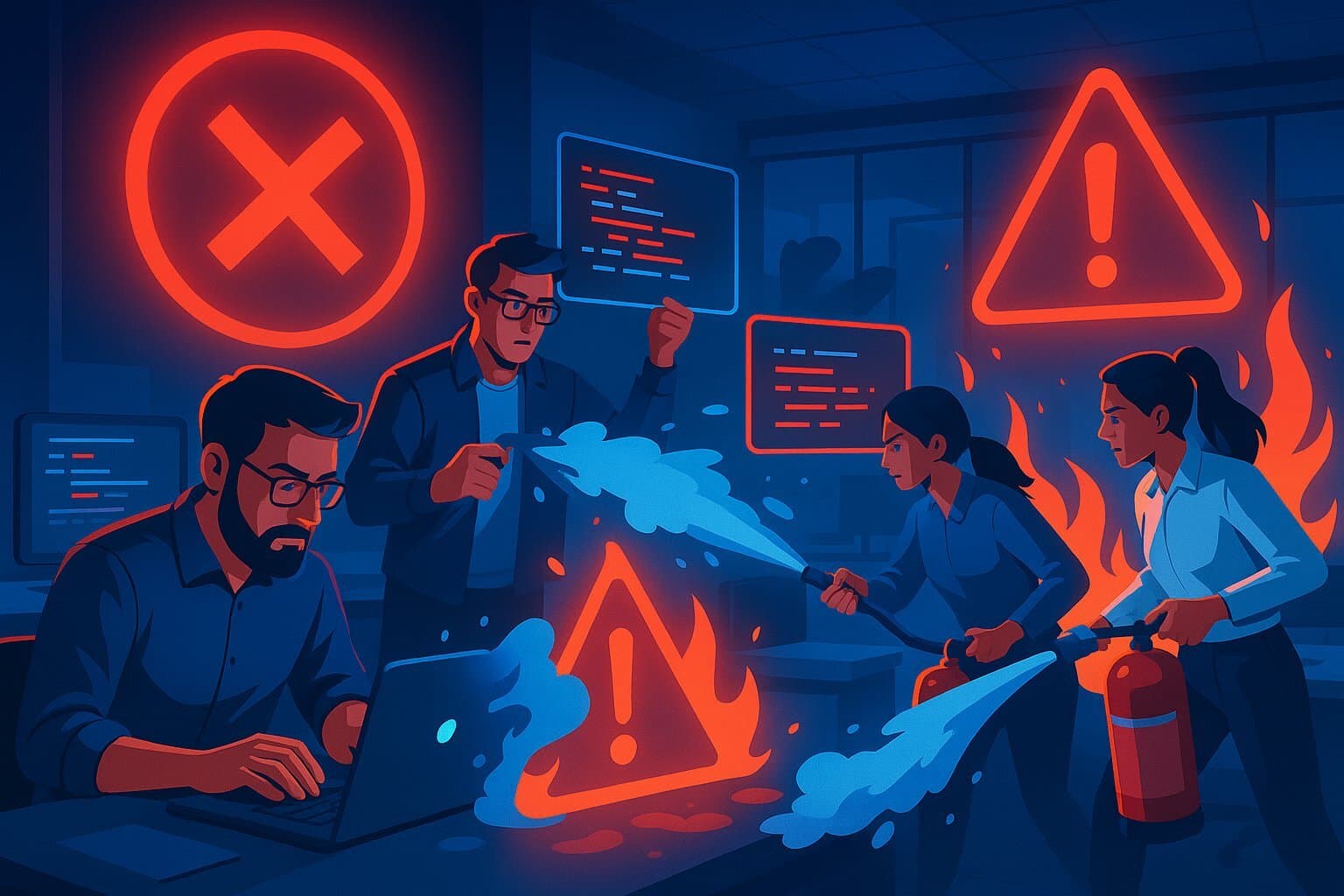
This article explores the concept of corrective maintenance in software development, highlighting its costs, impact on innovation, customer satisfaction, and strategic management.
Read MoreBy: Bryan Reynolds | 29 October, 2025

The Institute of Electrical and Electronics Engineers (IEEE) describes software maintenance as the modification of software after delivery to the user. The reasons for these changes include correcting faults, improving performance, and adapting the software to changes in requirements. All software requires maintenance, even when the software, its operating environment, and its requirements are completely stable. Minimizing maintenance costs becomes more important as the software’s complexity increases since they often exceed the initial cost of developing the software.
Read MoreBy: Bryan Reynolds | 28 October, 2025
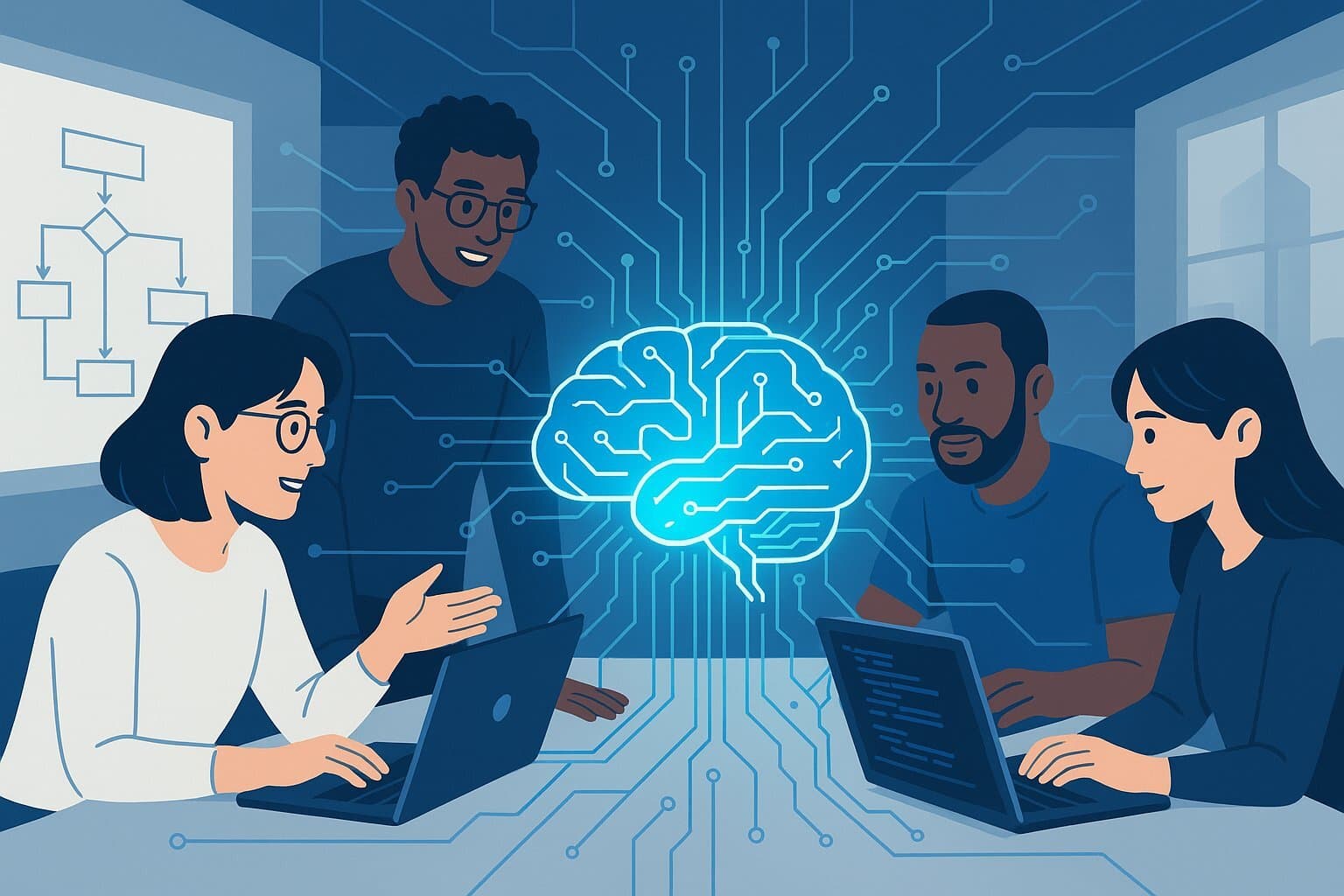
This article advocates for upskilling existing software engineers to become AI practitioners as a strategic, cost-effective alternative to hiring expensive external AI talent. It details the financial advantages, presents an actionable curriculum, and emphasizes fostering a culture of continuous learning for long-term organizational resilience.
Read MoreBy: Bryan Reynolds | 24 October, 2025
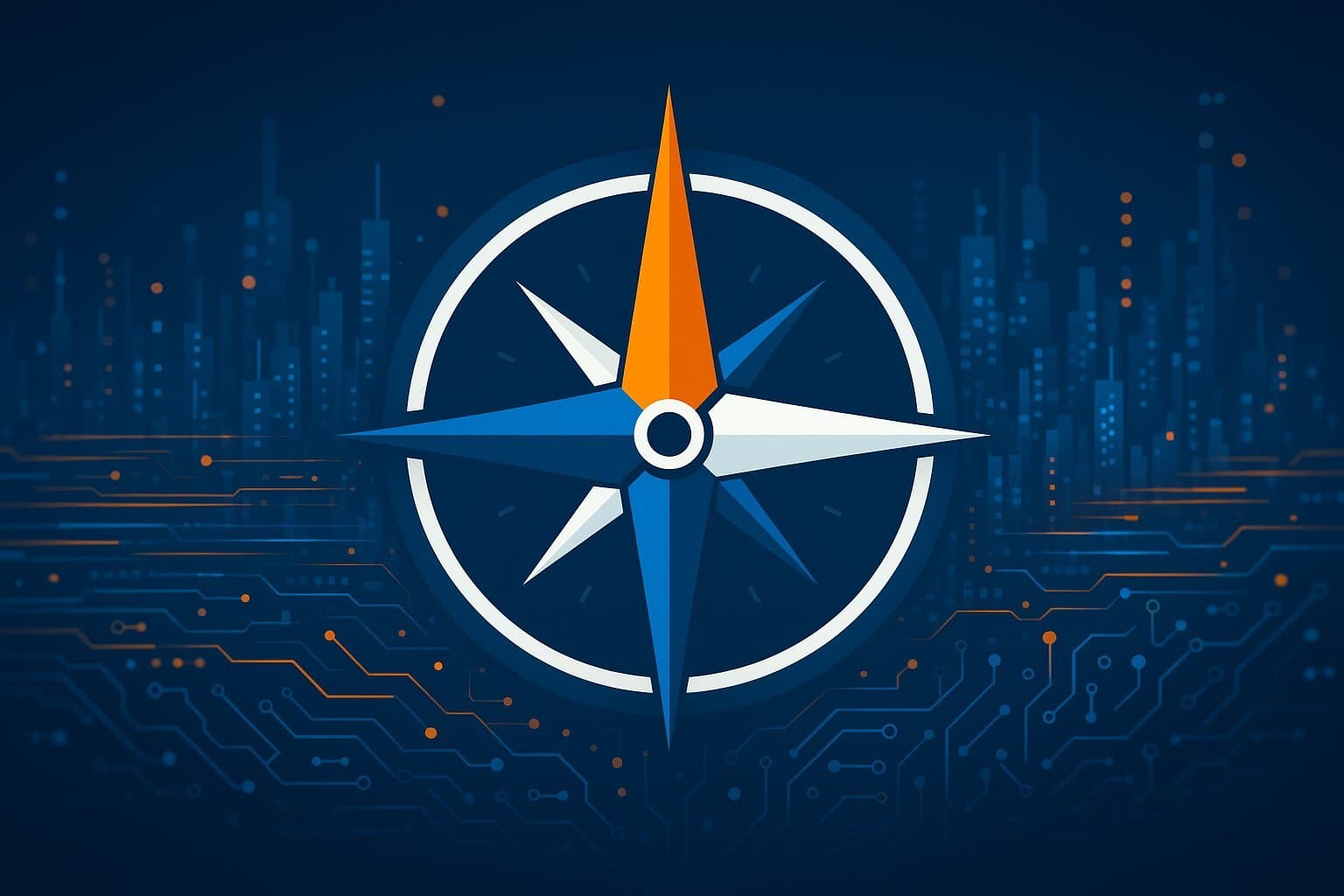
This article presents a practical five-step framework to ensure IT roadmaps are directly aligned with core business goals, addressing the costly and pervasive execution gap that undermines most digital transformation initiatives. It highlights the importance of shifting IT from a cost center to a strategic value creator through collaborative roadmap development, defining business-centric KPIs, justifying investments with ROI, continuous business-focused communication, and agile adaptation. Industry examples—spanning finance, healthcare, gaming, and more—demonstrate the measurable impact of alignment on profitability, agility, and market leadership. The article concludes by introducing Baytech Consulting as a specialized partner for organizations seeking to bridge the strategy-execution gap and maximize ROI from technology investments.
Read MoreBy: Bryan Reynolds | 23 October, 2025
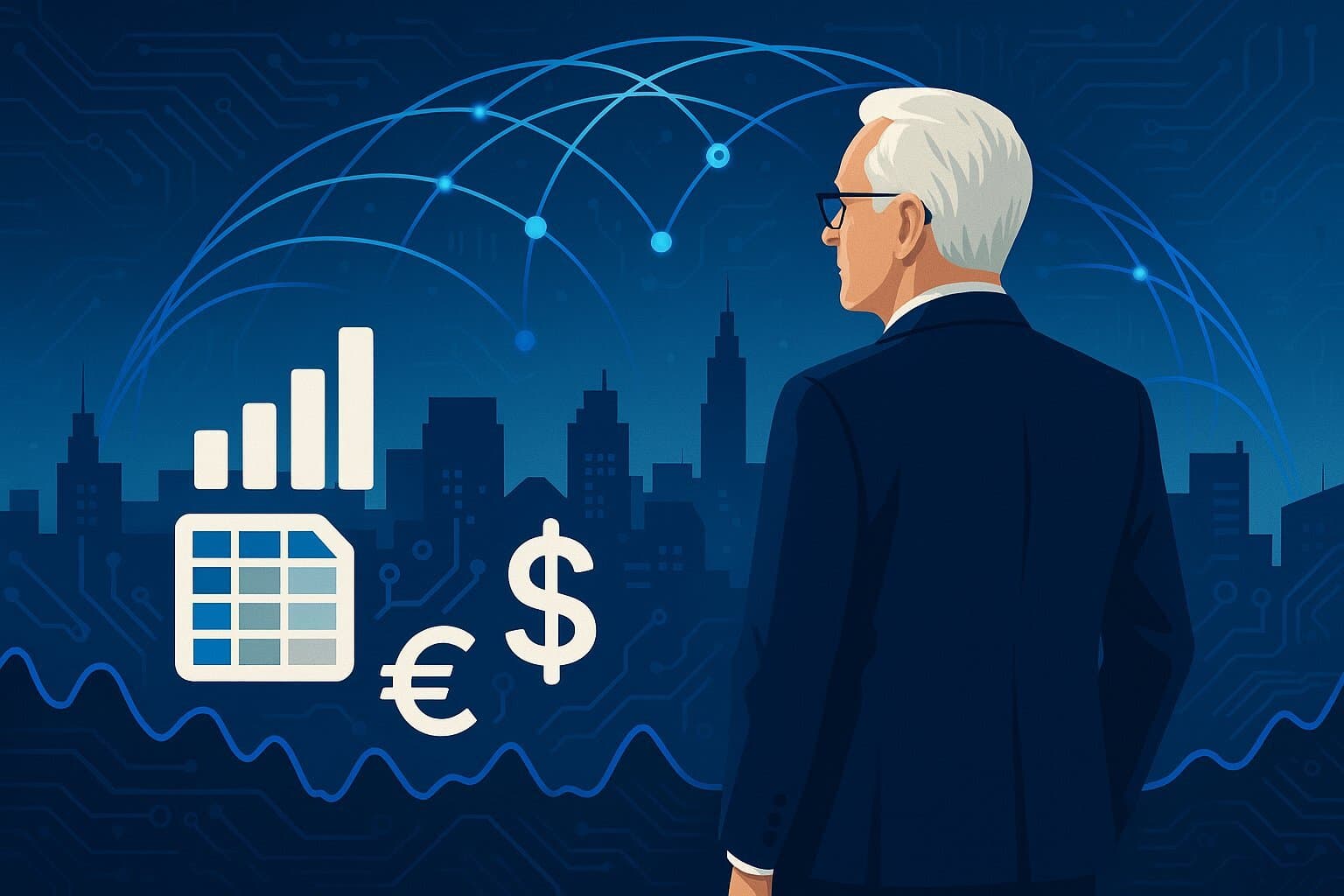
This comprehensive guide empowers CFOs to cut through the AI hype and make pragmatic, finance-driven investment decisions. It covers the essential importance of data readiness, analyzes three core AI investment models (embedded, specialist, and custom-built), and provides a rigorous seven-question due diligence checklist to de-risk AI initiatives. Using real-world use cases and quantifiable ROI, the article demonstrates how successful AI adoption can drive operational efficiency, risk management, and competitive differentiation. It concludes with actionable steps for finance leaders to assess data maturity, launch high-impact pilot projects, and engage expert technology partners for enduring strategic advantage.
Read MoreBy: Bryan Reynolds | 22 October, 2025

This executive guide explores why DevSecOps is now essential for organizations navigating the dual pressures of innovation and escalating cyber threats. It details the cultural and technical shifts required to embed security throughout the software development lifecycle (SDLC) using a phased 'Crawl, Walk, Run' approach. The article highlights the tangible business risks of inaction through recent breach case studies, outlines foundational DevSecOps principles and tools, and provides a clear action plan for leaders to build a proactive security culture and resilient technology environments.
Read MoreBy: Bryan Reynolds | 21 October, 2025

This comprehensive article explores the pivotal moment facing the legal industry as artificial intelligence (AI) transforms legal practice, examining the real state of AI adoption, the measurable ROI gained by leading firms, and the critical risks and ethical considerations involved. It lays out a practical five-step framework for law firm executives seeking to develop a strategic AI roadmap, highlighting the importance of formal governance, continuous training, and rigorous technology partner vetting. The article looks ahead to the emergence of agentic AI and its potential to further revolutionize legal workflows, emphasizing that AI augments rather than replaces the human expertise at the heart of law. Actionable case studies and data-driven insights empower legal leaders to close the performance gap and prepare their firms for lasting, future-proof transformation.
Read MoreBy: Bryan Reynolds | 20 October, 2025

This in-depth guide explores how B2B executives can strategically integrate artificial intelligence into every phase of the software development lifecycle to gain a sustainable competitive advantage. The article maps out the transformation from traditional, linear SDLC models to dynamic, AI-powered workflows, highlighting practical tools, real-world ROI data, and a disciplined framework for success. It dives into AI’s role as a co-creator, not a replacement for human talent, discusses the ROI paradox, outlines key risks and governance strategies, and delivers an actionable four-pillar playbook for AI adoption at scale. With an emphasis on executive leadership, data-driven decision making, and talent transformation, this resource offers a blueprint for organizations leading the shift to AI-native software development.
Read MoreBy: Bryan Reynolds | 17 October, 2025
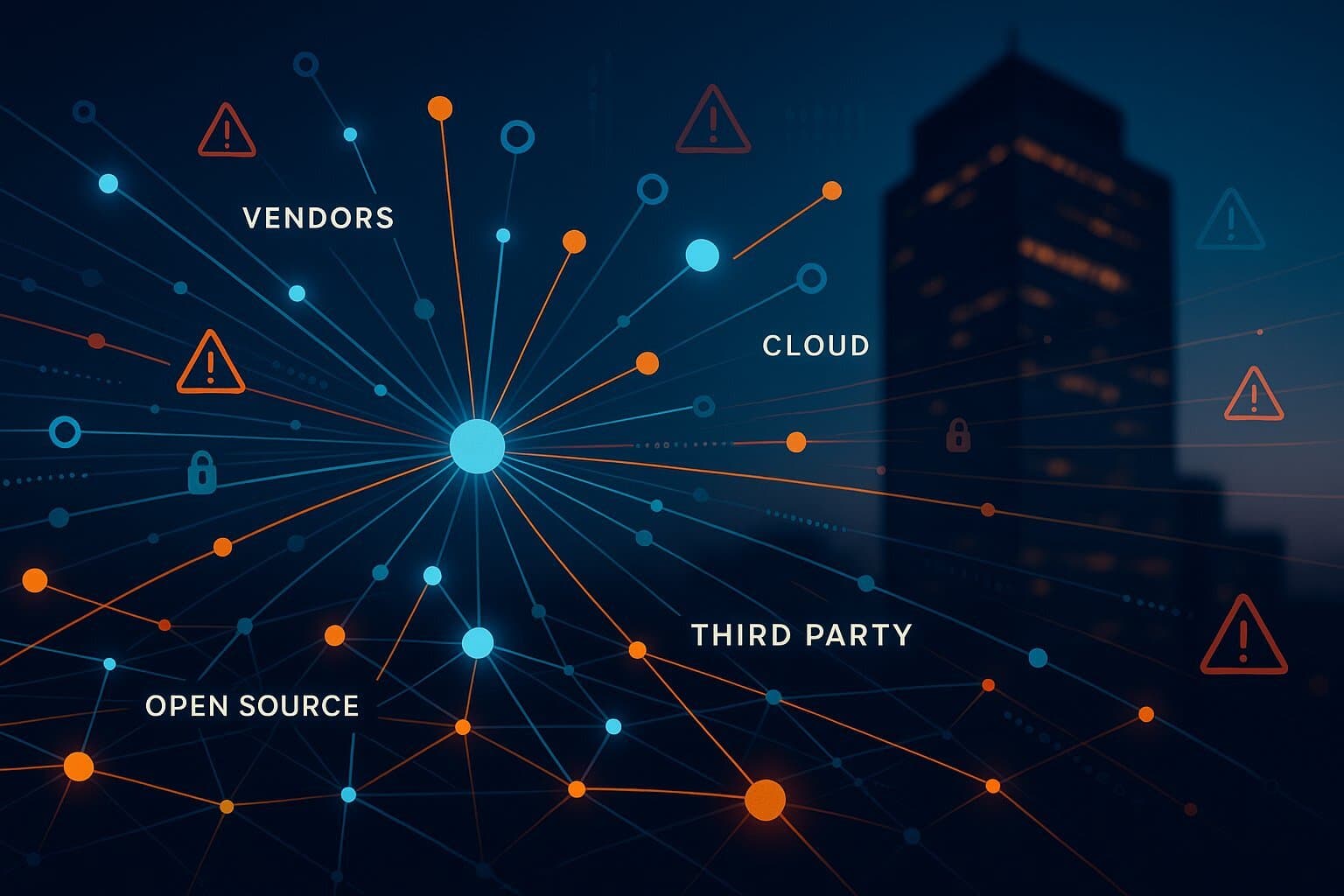
This article explores the escalating cybersecurity risks stemming from third-party vendors and digital supply chains, emphasizing how traditional 'firewall' models are obsolete in a hyper-connected business world. Citing notable breach statistics and financial impacts, it highlights the need for close collaboration between CIO, CFO, and CSCO to implement a lifecycle-based Third-Party Risk Management (TPRM) framework. The article advocates moving beyond reactive compliance towards proactive, evidence-based vendor monitoring and suggests that for mission-critical operations, organizations should consider investing in custom, secure-by-design software to mitigate systemic vulnerabilities, turning risk management into a competitive advantage.
Read MoreBy: Bryan Reynolds | 16 October, 2025

This article explores the urgent and evolving threat that quantum computing poses to current cryptographic systems, underscoring the need for technology leaders to begin a decade-long transition to post-quantum cryptography now. It details how quantum computers will break today's public-key encryption, highlights current projections for the arrival of quantum-capable machines, explains the 'Harvest Now, Decrypt Later' risk, and outlines the recently finalized NIST standards for quantum-resistant algorithms. Finally, the article provides a pragmatic four-step action plan for organizations aiming to secure their data and modernize their cryptographic infrastructure before Q-Day arrives.
Read MoreBy: Bryan Reynolds | 15 October, 2025

This article provides a comprehensive guide for CTOs and technology leaders on how to design, build, and monetize APIs as strategic products in the rapidly expanding API economy. It explores the paradigm shift from viewing APIs as technical integrations to managing them as valuable product assets, covering essential topics such as the API-as-a-product mindset, API product management, design best practices, technology stacks for scalable API development, governance frameworks, security strategies, and revenue models. The article also highlights future trends like 5G, AI, and Web3, demonstrating how API excellence positions organizations for digital innovation and competitive advantage.
Read MoreBy: Bryan Reynolds | 14 October, 2025

This article explores why reimagining the DevOps lifecycle as the primary security perimeter is essential in the age of AI-powered cyber threats. It highlights the limitations of traditional security models, the increasing sophistication of attacks, and the exponential cost of addressing vulnerabilities late in the SDLC. The article describes the DevSecOps approach—emphasizing Secure by Design, shifting security left, and automating security testing—and provides a practical blueprint for integrating automated security tools into Azure DevOps pipelines. It concludes by outlining the business benefits of mature DevSecOps adoption, including faster delivery, stronger compliance, and reduced risk, and offers concrete next steps for engineering leaders to begin the transformation.
Read MoreBy: Bryan Reynolds | 13 October, 2025

This comprehensive article explores the critical role of rapid prototyping and Minimum Viable Product (MVP) development in enterprise innovation. It demystifies the differences between Proof of Concept (PoC), prototype, and MVP, presenting a data-driven case for using MVPs to de-risk product launches, accelerate time to market, and drive organizational agility. The article outlines a practical five-step blueprint for executing an MVP project, supported by real-world examples from industry giants like Dropbox and Airbnb. It concludes with advice on measuring MVP success through actionable metrics and suggests steps to foster a culture of experimentation and validated learning within organizations.
Read MoreBy: Bryan Reynolds | 12 October, 2025

This article explores the rapid rise of low-code/no-code (LCNC) platforms, their strategic implications for enterprises, and how organizations can leverage a hybrid approach combining LCNC and custom development for maximum agility and innovation.
Read MoreBy: Bryan Reynolds | 11 October, 2025

This article challenges the outdated stereotype of software developers as mere typists, emphasizing that true productivity in software engineering comes from creative problem-solving and systems thinking, not just writing code. Drawing on industry data and expert insights, the article dispels the myth that developer value is measured by keystrokes, illustrating how the majority of a developer's day is spent on collaboration, problem-solving, and navigating systemic blockers. It advocates for a mindset shift among organizations, promoting hiring and management strategies that prioritize critical thinking and adaptability over rote technical skills. The article also outlines actionable steps for developers, managers, and business leaders to foster environments where innovative solutions, rather than feature factories, are the norm.
Read MoreBy: Bryan Reynolds | 10 October, 2025

This article explores the rapid and transformative growth of the custom software development market, revealing why organizations are shifting away from generic, off-the-shelf solutions to build proprietary digital assets that codify their unique competitive advantage. Citing robust market data and future forecasts, it highlights the core drivers behind this revolution—including digital transformation, cloud computing, and the rise of low-code/no-code platforms—while offering a clear financial framework for the 'build vs. buy' decision. The article also examines how high-growth industries are leveraging custom solutions, outlines best practices for successful custom development initiatives, and provides actionable steps for business leaders to start capitalizing on this strategic trend.
Read MoreBy: Bryan Reynolds | 09 October, 2025

Elon Musk's Grokipedia aims to revolutionize the digital knowledge ecosystem with AI-powered curation, challenging Wikipedia, but faces credibility challenges and strategic implications for organizations.
Read MoreBy: Bryan Reynolds | 08 October, 2025

.NET vs. Node.js: A Strategic Framework for Backend Technology Selection offers a comprehensive, business-focused comparison of .NET and Node.js for backend development. The article examines their relative strengths in performance, scalability, developer productivity, ecosystem stability, security, and long-term total cost of ownership (TCO). It dispels outdated myths, provides financial modeling templates, compares decision factors such as talent pools and maintainability, and delivers actionable guidance for technology leaders based on enterprise priorities—from rapid prototyping to operational risk management. The conclusion proposes a pragmatic hybrid approach, recommending using each technology where its benefits are maximized.
Read MoreBy: Bryan Reynolds | 07 October, 2025

This article dispels the outdated 'build vs. buy' narrative in enterprise technology architecture, arguing that the most successful organizations adopt a hybrid model that combines best-in-class SaaS solutions for commodity functions with custom-built microservices for differentiated business logic. It explores the pitfalls of all-in monolithic and SaaS architectures, advocates for a composable, API-driven approach that maximizes agility, reduces vendor lock-in, and focuses engineering resources on true competitive advantage. Using a logistics SaaS company as an example, the article presents a playbook for adopting a hybrid strategy and highlights key business benefits such as innovation velocity, strategic flexibility, and optimized total cost of ownership.
Read MoreBy: Bryan Reynolds | 06 October, 2025

This article explores the tangible business benefits of investing in DevOps, with a focus on how Azure DevOps can accelerate software release cycles by up to 45%. It addresses the critical questions executives face regarding technology ROI, delves into DORA metrics for measuring DevOps success, and details how Azure DevOps drives elite performance through automation, alignment, and integration. The piece is anchored by a real-world case study from a financial services firm that achieved faster releases, improved quality, and reduced compliance costs after transitioning to Azure DevOps. Actionable steps are provided for organizations looking to calculate and realize their own DevOps ROI.
Read MoreBy: Bryan Reynolds | 05 October, 2025
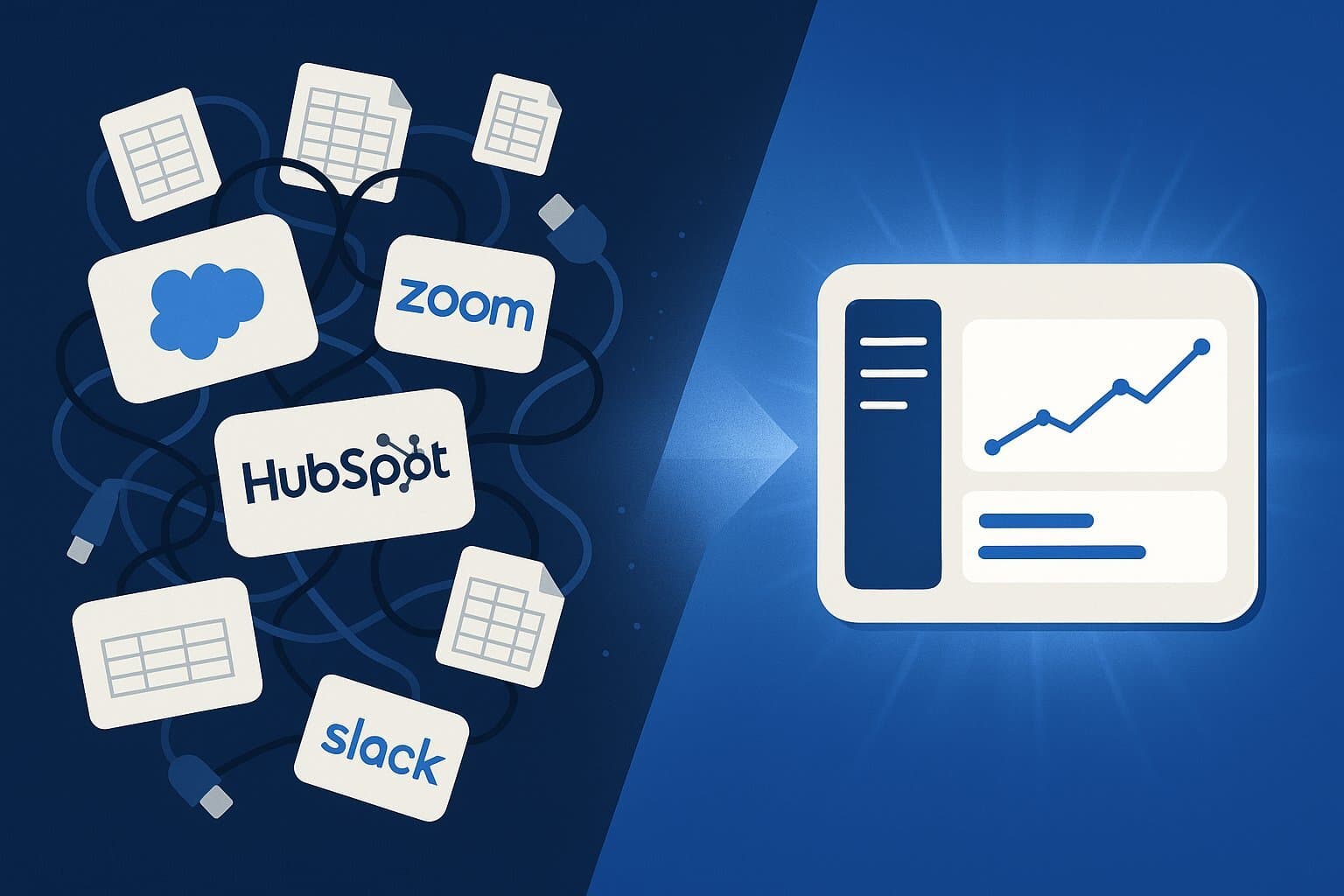
This article explores the strategic inflection point at which businesses should consider building custom software instead of relying on commercial off-the-shelf (COTS) solutions. It outlines five major signs indicating the need for a bespoke solution, such as having unique core processes, the proliferation of spreadsheets and manual workarounds, complex integration challenges, loss of control over data and product roadmap, and uncovering a potential new market opportunity. The article provides a detailed total cost of ownership analysis, quantifies operational inefficiencies, and offers a strategic framework for successful custom software development, emphasizing an MVP-first, agile, and advisory-led approach. It concludes by positioning custom software as a strategic asset, not just a cost center.
Read MoreBy: Bryan Reynolds | 04 October, 2025

This in-depth article explores the strategic and technical transformation required for enterprises to succeed in today's volatile market by adopting a composable architecture. It details why traditional monolithic systems are failing, outlines the principles and benefits of composability via the MACH framework (Microservices, API-first, Cloud-native, Headless), and demonstrates the measurable business value—such as agility, speed-to-market, improved customer experience, and risk mitigation—of moving to a modular enterprise model. The article further addresses the cultural and organizational change necessary for such a transformation, provides a pragmatic roadmap for CIOs, and quantifies ROI using real-world case studies.
Read MoreBy: Bryan Reynolds | 03 October, 2025

This in-depth guide explores the imperative of hyper-personalization for modern businesses, outlining why conventional personalization tactics are failing, the significant ROI and revenue opportunities of 1-to-1 customer experiences, and the essential technology stack required to deliver them at scale. Key topics include building a unified data foundation, leveraging AI and machine learning for predictive insights, activating personalized journeys via marketing automation, and the strategic benefits of developing a custom personalization engine. The article also provides an actionable roadmap for implementation and addresses key organizational considerations to bridge the gap between company capabilities and rising customer expectations.
Read MoreBy: Bryan Reynolds | 02 October, 2025

This article explores the transformative role of voice search and conversational AI in reshaping customer interaction, emphasizing how voice has become a primary human-computer interface across homes, cars, and mobile devices. It highlights the explosive growth of voice-enabled devices, the rapid rise of voice commerce, and the critical importance of Voice Search Optimization (VSO) for brands aiming to remain competitive. The guide outlines a strategic CMO playbook covering conversational content, featured snippets, local search dominance, and technical foundations, then delves into how conversational commerce collapses the sales funnel and boosts ROI. Ultimately, it offers actionable steps for executives to audit their 'voice readiness,' evaluate build-vs-partner decisions, and position their organizations as leaders in the voice-first era.
Read MoreBy: Bryan Reynolds | 01 October, 2025

This article argues that cybersecurity is no longer a purely technical issue but a critical responsibility at the board level, requiring business leaders to quantify, communicate, and strategically manage cyber risk as a fundamental business risk. Drawing on the latest industry data and case studies, it demonstrates the escalating financial impacts of breaches, introduces the FAIR framework for financial risk quantification, explores how AI is reshaping both threats and defenses, and provides a practical governance blueprint for CISOs, CIOs, and boards. The guide emphasizes transforming cybersecurity from a technical cost center into a measurable driver of operational resilience and competitive advantage, highlighting the necessity for expert guidance and new governance models as digital transformation continues to accelerate.
Read MoreBy: Bryan Reynolds | 30 September, 2025

This article exposes the costly myth behind 'quick and easy' off-the-shelf (COTS) software solutions, arguing that the sticker price represents only a fraction of the true Total Cost of Ownership (TCO). It delves into the hidden expenses of implementation, integration, customization, training, productivity loss, and ongoing vendor lock-in that frequently cause projects to vastly overshoot original budgets. Supported by industry studies and practical frameworks, the article challenges business leaders to adopt rigorous TCO analysis and strategic thinking when selecting software, often revealing that custom solutions offer superior long-term value, risk mitigation, and alignment with business objectives.
Read More

